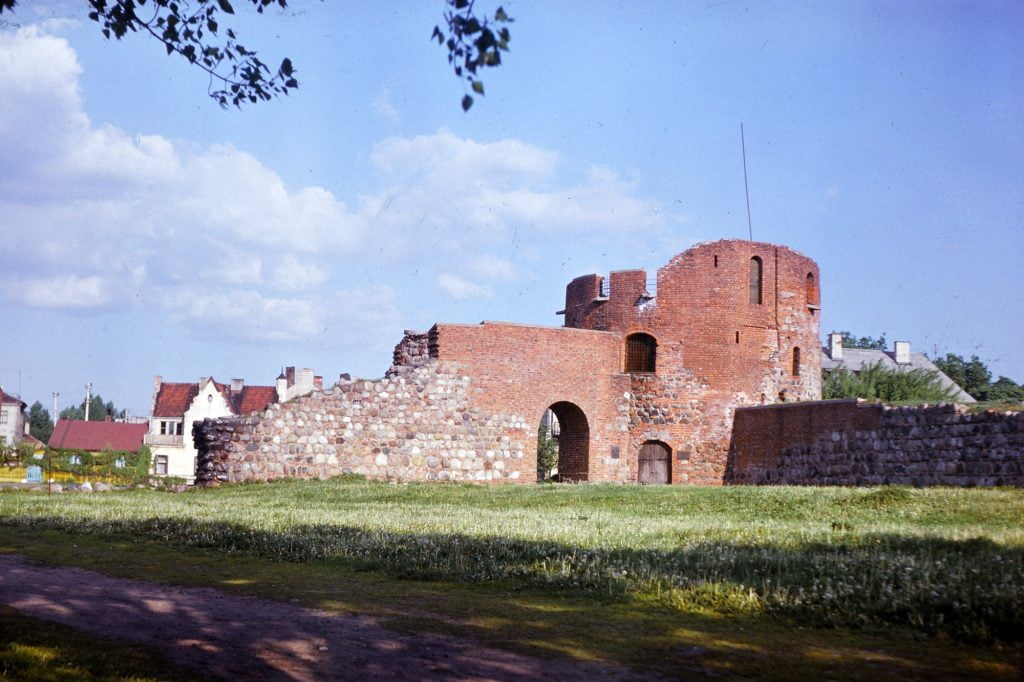Kaunas Castle
Built in mid-14th century, Kaunas Castle is the city’s oldest historical landmark and one of Lithuania’s oldest masonry castles. The restored and reconstructed spaces of the castle tower are home to exhibitions dedicated to the castle’s history, presenting the most significant historical facts and personalities, the metamorphoses undergone by the castle walls, and shifts in its functions from the 14th century to the present day. The museum also organises single-item exhibitions, representing the museum’s collections, and other cultural events.

Branch history
The first mention of Kaunas’s name is associated with Kaunas Castle. At the end of the 14th century, the New Prussian Chronicle, written by Wigand of Marburg (herald of the Grand Master of the Teutonic Knights), described the 1361 march of the Order from Insterburg to Kaunas.
At the end of the 14th century, the castle became the epicentre of fierce battles with the Teutonic Order. Destroyed by its enemies, it was rebuilt in order to maintain control over important waterways and, simultaneously, to defend the state’s core with its capital Vilnius. At the beginning of the 15th century during the reign of Grand Duke Vytautas, a second castle was built on the foundations of the first one. Fragments of this castle have survived to the present day. In 1408, the city of Kaunas began to develop in the castle’s vicinity , after the granting of a town privilege on the basis of Magdeburg Law. During the battles with the Teutonic Knights, the castle was an important element of the defensive system of the Nemunas-Jūra rivers.
In 2010, n the initiative of Kaunas City Municipality, the south-eastern tower ofKaunas Castle was reconstructed. In September 2011 Kaunas Castle became affiliated with Kaunas City Museum.. In addition to the castle’s permanent historical exhibition and other exhibitions, this KCM branch offers guided tours and educational programmes.
Thanks to new technologies, visitors to the castle can also experience Kaunas Castle’s unique virtual reconstruction, which not only takes them back to the beginning of the 15th century, allowing them to take a tour of the castle of those times, but also to interview Grand Duke Vytautas, the castle’s elder JonasSungailand the renowned Flemish traveller and diplomat Ghillebert de Lannoy.

